If you’ve recently noticed something called EpiStart or EpiBrowser, this post is for you. Recently, there have been lots of reports about this mysterious, seemingly unremovable browser that installs itself without permission, so I decided to address it here.
If you’ve already looked for information about this app, you’ve likely realized that there’s nothing about it on the Internet. No official download page, barely any search results, and just a shady-looking website with a bunch of obviously fake reviews.

One Reddit user first noticed EpiStart on their brand-new PC when the unwanted app kept launching itself automatically whenever the PC was idle. This unusual behavior is certainly a major red flag that reminds me of other malware apps like Alrustiq and Altrsik. Other users report that their browser settings got altered and their search queries were getting redirected through unfamiliar sites. Again, typical behavior of rogue software that shouldn’t be overlooked.
So, what exactly is EpiStart? A potentially unwanted program (PUP)? A Trojan? While most malware scans don’t always flag it, everyone agrees on one thing: it shouldn’t be there. The good news is that I’ve dealt with similar unwanted software/malware in the past and I know just the way to get rid of it.
EpiStart Removal Tutorial
The removal of EpiStart or EpiBrowser should begin with some simpler and easier steps that you can complete relatively quickly. In some cases, this might be enough to clean your PC so you won’t need to go into more advanced solutions:
- Head to your Downloads folder – accessible through This PC > Downloads – and look for anything associated with EpiStart.
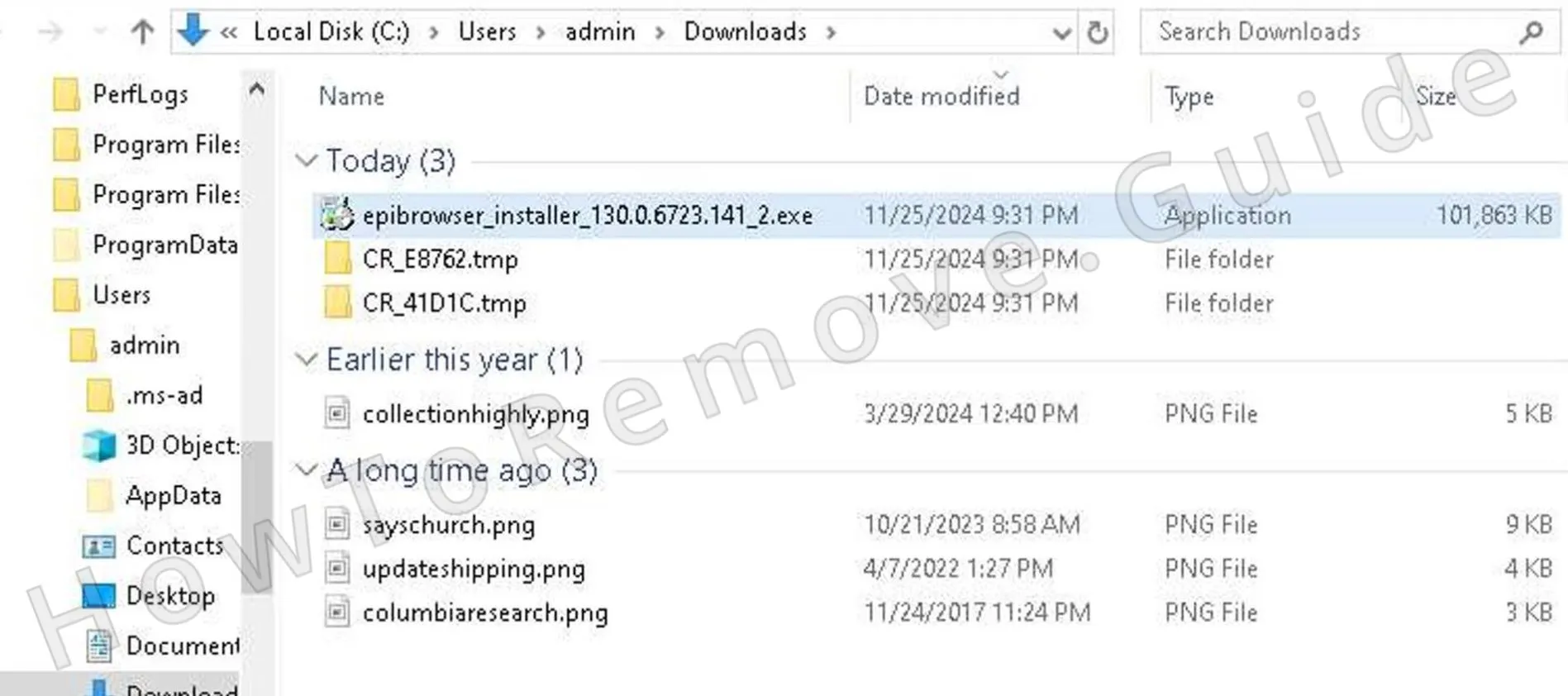
- Delete it immediately. While you’re at it, scan for any other files that seem out of place or suspicious.
- From there, open your Settings menu by clicking the Start button and navigating to Apps.
- Sort the list of applications by their installation date. Malware like EpiStart often sneaks into your system disguised as a recently added, unfamiliar program.
- If you find anything that doesn’t belong, select it, click Uninstall, and follow the steps to remove it entirely.
- Once you’ve done this, check your system’s AppData directory – specifically C:\Users\YourUsername\AppData\Local\Programs. Malware has a habit of hiding in these nooks.
- If you spot a folder tied to EpiStart, delete it, then restart your computer to ensure the changes take effect.
If EpiStart persists, don’t worry; the more advanced methods outlined below will help.
SUMMARY:
Before You Begin: Something to Keep in Mind
The guide you are about to see below was made to be as accessible and as easy to complete as possible, yet some of the steps may still seem confusing and challenging to inexperienced users. If you think you won’t be able to perform every step, I recommend opting for an alternative removal solution, such as SpyHunter 5. This advanced anti-malware tool will quickly find and eliminate all EpiStart data alongside any other malware that may currently be residing on your PC.
How to Remove the EpiStart Virus
Before you begin looking for rogue files, processes, and settings, you must first perform the next two preparatory steps. Do not skip them or you may not be able to find and delete all rogue data from your PC.
First, open Folder Options via the Start Menu, navigate to the View tab, and select Show hidden files and folders. Save your changes to make everything visible.
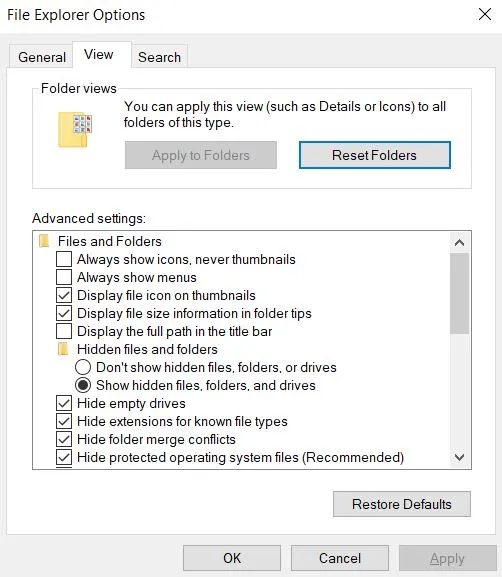
Next, equip yourself the free LockHunter tool. This software is invaluable when dealing with stubborn malware files that resist deletion. Once installed, it will allow you to unlock and remove even the most persistent files.
Video walkthrough for this step:
Get Rid of EpiStart Background Processes
The removal of this malware must begin with you identifying and quitting its processes and also deleting the files that are linked to them. You’ll most likely need LockHunter in this step, so if you haven’t already installed it, do that now. Now, here’s how to get rid of the EpiStart malware processes:
Open the Task Manager by pressing Ctrl + Shift + Esc. If it launches in compact mode, click More Details to see the full list of processes.
Sort the list by CPU or memory usage and look for EpiStart, EpiBrowser, or anything else that’s consuming an unusual amount of resources. Malware often hides under nondescript names, so keep an eye out for processes that look unfamiliar.
When you find one, right-click it and choose Open File Location. If the folder is linked to EpiStart, attempt to delete it. If it refuses, use LockHunter to force the deletion: Right-click the folder/file > What’s Locking it? > Delete.
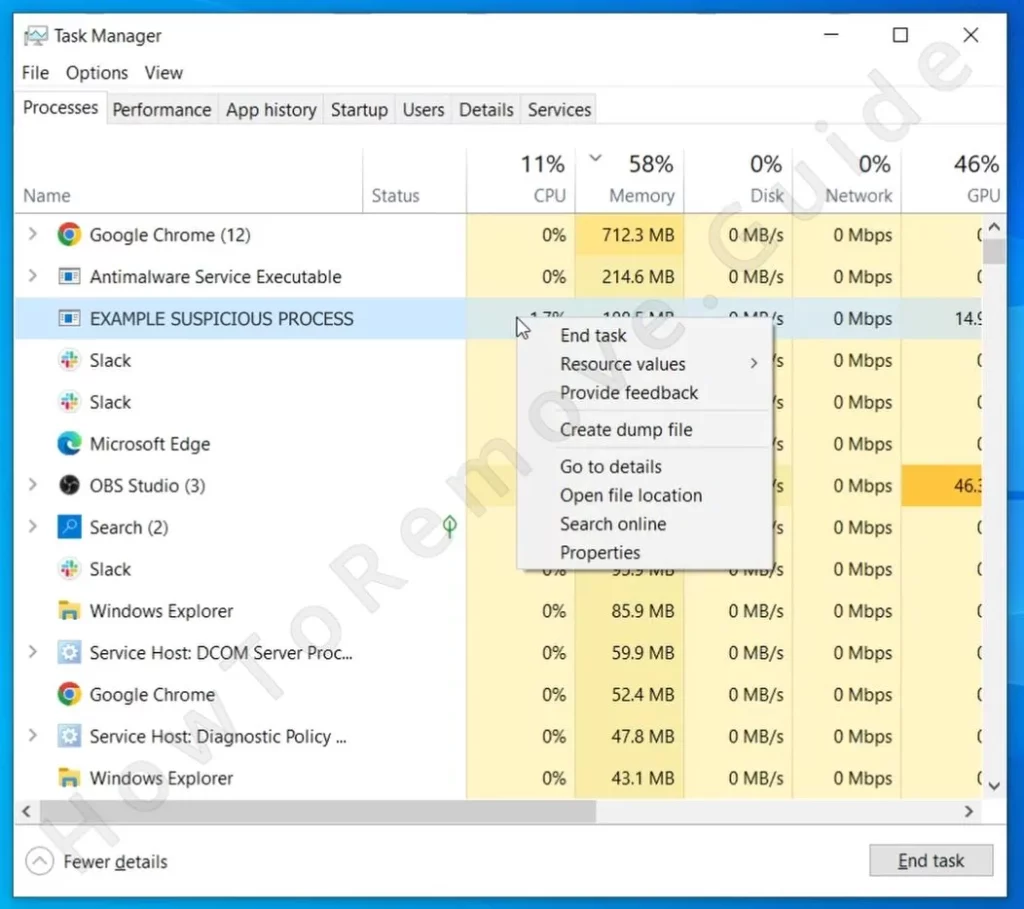
After dealing with the folder, return to Task Manager, select the suspicious process, and click End Task to stop it from running.
This step ensures EpiStart can’t operate while you’re working to remove it.
Video walkthrough for this step:
How to Delete Persistent Files with Lock Hunter

Delete EpiBrowser Virus Files
EpiBrowser doesn’t stop at a single file or folder – it likely spreads across various directories. Begin your search in the Startup folders located at:
- C:\ProgramData\Microsoft\Windows\Start Menu\Programs\Startup
- C:\Users\YourUsername\AppData\Roaming\Microsoft\Windows\Start Menu\Programs\Startup
Delete everything in these folders except for desktop.ini, which is harmless. Afterward, check the Program Files and Program Files (x86) directories for unfamiliar folders or ones tied to EpiStart. Extend your search to these directories as well:
- C:\Users\YourUsername\AppData\Local\Programs
- C:\Users\YourUsername\AppData\Roaming\Microsoft\Windows\Start Menu\Programs
Finally, empty your Temp folder by navigating to C:\Users\YourUsername\AppData\Local\Temp and deleting all its contents.
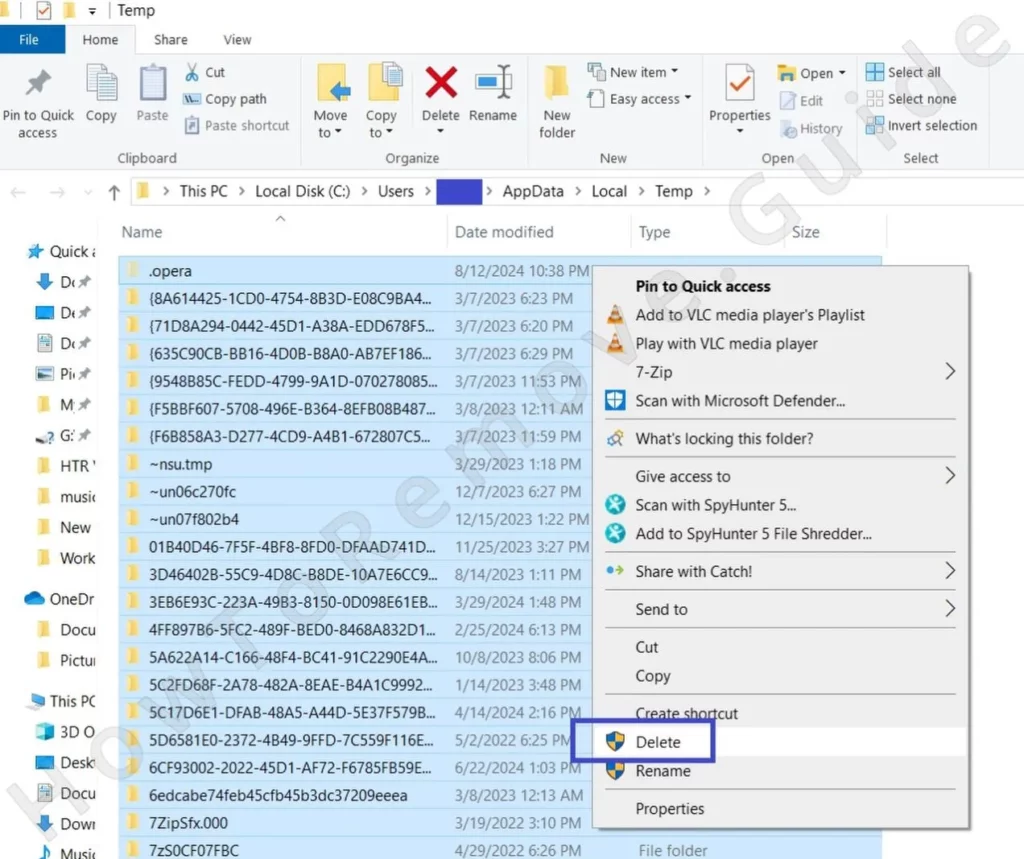
Once everything is cleared, empty your Recycle Bin to ensure no remnants of EpiStart remain.
Get Rid of EpiBrowser Scheduled Tasks
I suspect that the reason EpiBrowser is able to launch itself automatically is that it has created a scheduled task in your Task Scheduler. This tactic is used by lots of malware programs, so it’s always worth checking your Task Scheduler for anything linked to the rogue software.
Search for the Task Scheduler in the Start Menu, open it, and look through the Task Scheduler Library.
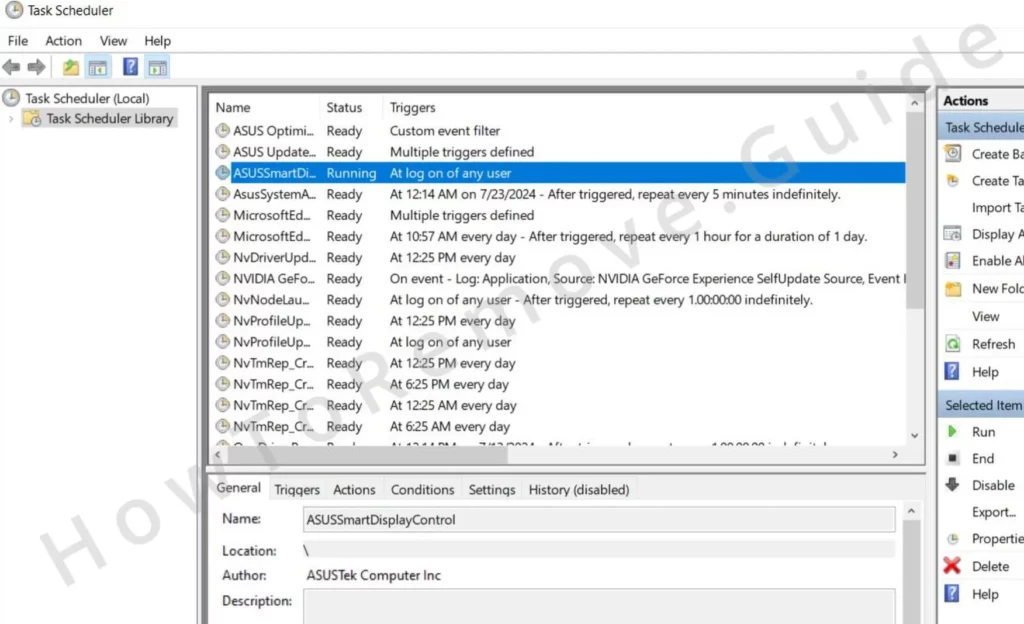
Inspect each task closely, paying special attention to the Actions tab, which will show the files or scripts each task runs.
If you find any tasks tied to suspicious or unfamiliar executables, take note of their file paths, delete the tasks, and then navigate to those file locations to remove the associated files.
Video walkthrough for this step:
Uninstall the EpiStart Malware App Through the Windows Registry
The EpiStart has almost certainly left is mark in your System Registry. You must now go there, look for malware items, and delete them, but be careful not to delete something that’s not related to EpiStart.
Since this step requires you to do most of the legwork, if you aren’t confident you can handle it, I recommend using SpyHunter 5 to take care of this for you.
On the other hand, if you are sure you can do it yourself, here’s what comes next:
To clean your Registry, press Win + R, type regedit, and hit Enter to open the Registry Editor.
Use Ctrl + F to search for entries related to EpiStart, including the malware’s name and any processes you’ve already identified. Delete each matching entry, and continue searching until no results remain.
For extra thoroughness, manually check the following keys for suspicious entries:
HKCU\Software\Microsoft\Windows\CurrentVersion\RunHKCU\Software\Microsoft\Windows\CurrentVersion\RunOnceHKLM\Software\Microsoft\Windows\CurrentVersion\RunHKLM\Software\Microsoft\Windows\CurrentVersion\RunOnceHKLM\Software\Microsoft\Windows\CurrentVersion\Policies\Explorer\RunHKCU\Software\Microsoft\Windows\CurrentVersion\Policies\Explorer\RunHKEY_LOCAL_MACHINE\Software\Microsoft\Windows\CurrentVersion\RunServicesHKEY_LOCAL_MACHINE\Software\Microsoft\Windows\CurrentVersion\RunServicesOnceHKEY_LOCAL_MACHINE\Software\Microsoft\Windows\CurrentVersion\RunOnce\SetupHKEY_LOCAL_MACHINE\SYSTEM\CurrentControlSet\services
Delete any values linked to EpiStart, but avoid removing entire keys. If you’re unsure about an entry, err on the side of caution and leave it alone.
Video walkthrough for this step:
Verifying the Results and Moving Forward
Once you’ve followed all these steps, restart your computer. Take note of how it behaves—smooth performance is usually a good sign that EpiStart has been removed. Test your applications and browse the web to confirm there are no lingering issues.
To safeguard your system in the future, adjust your browser settings to prompt for a download location every time. This small change can prevent malicious files from slipping onto your device without your knowledge.
Empowering Yourself for the Future
By completing this guide, you’ve not only removed EpiStart but also learned valuable skills for combating malware. Regularly updating your software, avoiding suspicious links, and staying vigilant about downloads will help you maintain a secure system. Consider this experience a stepping stone toward greater digital awareness—your future self will thank you for it.

Huge help and thanks. EpiStart was absolutely everywhere – thanks to you, it’s gone.